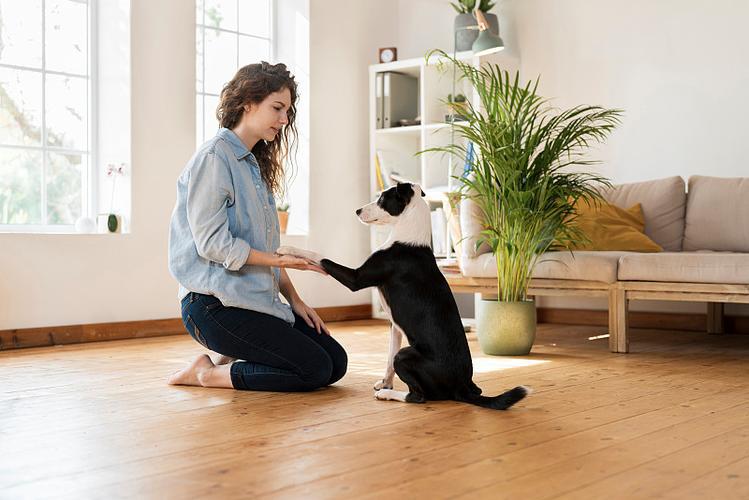Adopting a pet is an exciting and rewarding experience, but it also requires thoughtful preparation to ensure a smooth transition into a new home. Animals are highly sensitive to their environment, and sudden changes or unsafe conditions can lead to stress, anxiety, or accidents. Preparing a home in advance provides a secure and welcoming space, helping the pet feel comfortable while establishing a foundation for long-term health and well-being. Understanding the practical and behavioral needs of a new companion allows caregivers to create a supportive environment that promotes safety, routine, and mental stimulation from the very first day.

Creating a Safe Space
One of the first steps is to designate a safe area where the pet can retreat and feel secure. This space should include comfortable bedding, water, and familiar toys if possible. For cats, this might include a quiet room with a litter box and scratching posts. For dogs, a crate or a small corner with a bed can serve as a sanctuary. According to research in Applied Animal Behaviour Science, providing a consistent safe space reduces stress and encourages exploratory behavior at a pace comfortable for the pet.
Removing Hazards
Pets are naturally curious, which can put them at risk in unprepared environments. Caregivers should remove or secure items that could be ingested or cause injury, such as toxic plants, electrical cords, small objects, or household chemicals. Ensuring that windows, balconies, and stairways are safe for exploration also prevents accidents. Environmental safety is a critical component of preventive care and supports the pet’s confidence while navigating the home.
Planning for Feeding and Exercise
Establishing routines for feeding, water, and exercise is essential. Consistent schedules help pets anticipate daily activities, which reduces anxiety and promotes healthy digestion and metabolism. Exercise requirements will vary by species, breed, and age, so providing appropriate opportunities for movement and play helps prevent obesity, behavioral problems, and boredom. Feeding stations should be accessible, quiet, and free from competition if multiple pets are present.
Social and Mental Enrichment
Pets need mental stimulation and social interaction to thrive. Before bringing a new pet home, caregivers should prepare toys, puzzle feeders, or interactive activities that encourage exploration and engagement. For social species, gradual introduction to other household members or animals helps build confidence and reduces stress-related behaviors.
Conclusion
Preparing a home for a new pet goes beyond basic necessities—it involves creating a safe, predictable, and stimulating environment tailored to the animal’s needs. By establishing secure spaces, removing hazards, planning feeding and exercise routines, and providing enrichment, caregivers can ease the transition into a new household and foster a sense of safety and trust. Thoughtful preparation not only supports the pet’s immediate adjustment but also lays the groundwork for long-term health, behavioral stability, and a strong bond between the animal and caregiver. A well-prepared environment ensures that the pet can explore, learn, and thrive while feeling secure and valued from the very beginning.
